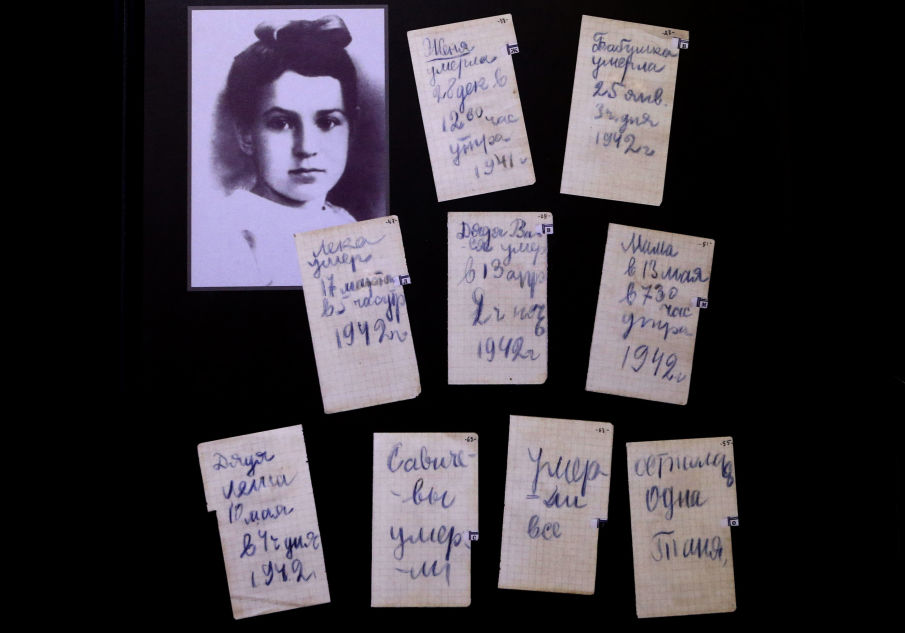On 27 January 1946, on the 2nd Anniversary of the End of Siege of Leningrad, the Leningrad Defence Museum was officially opened. It was established on the basis of “The Heroic Defence of Leningrad” Exhibition that received its first visitors on 30 April 1944 in the building of the former Agricultural Museum in Salt town.
The decision to open the permanent exhibition was made by the Leningrad Front Military Council at the end of 1943. Consequently, the Museum of the Defence of Leningrad became the only war museum in the world to appear during World War II. By 1949, it had received more than one million visitors.
An area of nearly 40,000 square metres accommodates 37,865 exhibits. Alongside guns, tanks and small arms brought back from the battlefield, including captured weapons, visitors saw authentic artefacts of wartime and blockade life: soldiers' letters, a slice of 125-gram bread and diaries of Leningrad residents. Nikolai Suetin, a Russian Suprematist artist, who survived the blockade, became the artist of the exhibition, and Major Lev Rakov, a candidate of historical sciences and a participant in the Battle for Leningrad, became the research advisor. Later, Rakov would be appointed the first director of the museum.
In August 1945, the Supreme Allied Commander of the Allied Expeditionary Force, General Dwight Eisenhower, accompanied by Marshal of the Soviet Union Georgy Zhukov, would visit “The Heroic Defence of Leningrad” Exhibition. In the museum guest book, the future US president would write: “The most remarkable wartime exhibition I have ever seen, (...) the heroic defence of the city deserves to be immortalised in our memory in physical form”.
In 1949, in connection with the Leningrad affair (a series of political trials against the Soviet and Party leaders of the city), the museum would be repressed – it would be closed down and many of its exhibits would be destroyed. The museum that lost both its premises and a substantial part of its holdings would only reopen in 1989.
In 1990, it was renamed the State Memorial Museum of Leningrad Defence and Siege, the name it still carries to this day.
Sources:
Official website of the State Memorial Museum of Leningrad Defence and Siege
























